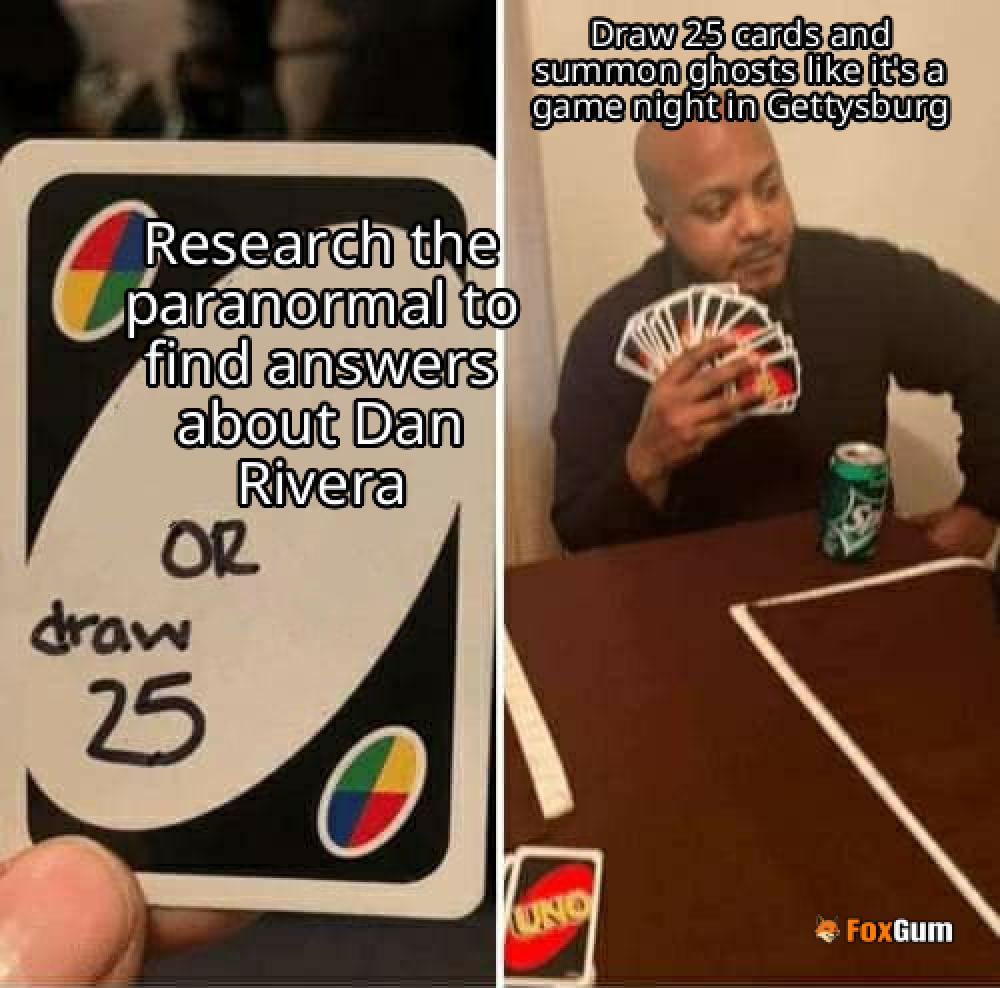
Emotional Regulation Activities For Kids
Emotional Regulation Activities For Kids
Ah, the delightful world of childhood emotions! One minute your little one is giggling over a joke that only they understand, and the next, they’re in a full-blown meltdown because their sandwich has the audacity to be cut into triangles instead of squares. 😅 Fear not, dear parents, for emotional regulation is a skill that can be nurtured through fun and engaging activities. Here’s a treasure trove of ideas to help your kids navigate the rollercoaster of feelings!
1. Emotion Cards
Creating or finding cards that display various emotions can be a game-changer. Use words and images to represent feelings like happy, sad, and angry. Once you have your cards, gather the kiddos and have them sort the cards into categories. For younger kids, stick with simpler words and clear pictures. It’s a fantastic way to enhance their emotional vocabulary while making it a fun game! 🎉
2. Feelings Check-Ins
Regular check-ins can work wonders for emotional awareness. Set aside a few minutes each day for a feelings circle. Ask your child how they’re feeling and encourage them to articulate their emotions. This practice not only fosters open communication about feelings but also helps them recognize their emotions better. Plus, who doesn’t love a little bonding time?
3. Emotion Charades
Time to put on a show! In this game, each family member takes turns acting out different emotions without using words. The others must guess what emotion is being portrayed. It’s a hilarious way to help kids understand non-verbal cues while also allowing them to express themselves. Bonus points if someone does an exaggerated angry face! 😂
4. The Calm Down Jar
Crafting a calm down jar can be both a fun project and a useful tool. Fill a clear jar with water, glitter, and a few drops of food coloring. When emotions run high, have your child shake the jar and watch the glitter swirl. As the glitter settles, encourage them to take deep breaths and reflect on their feelings. It’s like a mini meditation session in a jar!
5. Emotion Wheel
Create an emotion wheel together! Draw a large circle and divide it into sections, each representing a different feeling. Kids can spin the wheel and share a time they felt that emotion. This not only helps them articulate their feelings but also encourages empathy as they listen to each other’s stories.
6. Story Time with a Twist
Reading is a magical escape, and it can also be a great way to explore emotions. Choose books that highlight different feelings and discuss the characters’ emotions. Ask questions like, “How do you think they felt when that happened?” This encourages empathy and helps kids relate their own feelings to those of others.
7. Art Therapy
Encourage your child to express their emotions through art. Provide them with crayons, markers, or paint, and let their creativity flow. Ask them to draw how they feel or create a masterpiece that represents their day. Not only is this therapeutic, but it also provides a beautiful keepsake of their emotional journey.
In conclusion, emotional regulation is a vital skill that can be developed through engaging and enjoyable activities. By incorporating these fun exercises into your routine, you’ll help your little ones navigate their feelings with grace and confidence. So grab those glitter jars and emotion cards, and let the emotional adventures begin!

















 The Blox Fruits Leveling Extravaganza! 🎉
The Blox Fruits Leveling Extravaganza! 🎉 
 Health
Health  Fitness
Fitness  Lifestyle
Lifestyle  Tech
Tech  Travel
Travel  Food
Food  Education
Education  Parenting
Parenting  Career & Work
Career & Work  Hobbies
Hobbies  Wellness
Wellness  Beauty
Beauty  Cars
Cars  Art
Art  Science
Science  Culture
Culture  Books
Books  Music
Music  Movies
Movies  Gaming
Gaming  Sports
Sports  Nature
Nature  Home & Garden
Home & Garden  Business & Finance
Business & Finance  Relationships
Relationships  Pets
Pets  Shopping
Shopping  Mindset & Inspiration
Mindset & Inspiration  Environment
Environment  Gadgets
Gadgets  Politics
Politics 